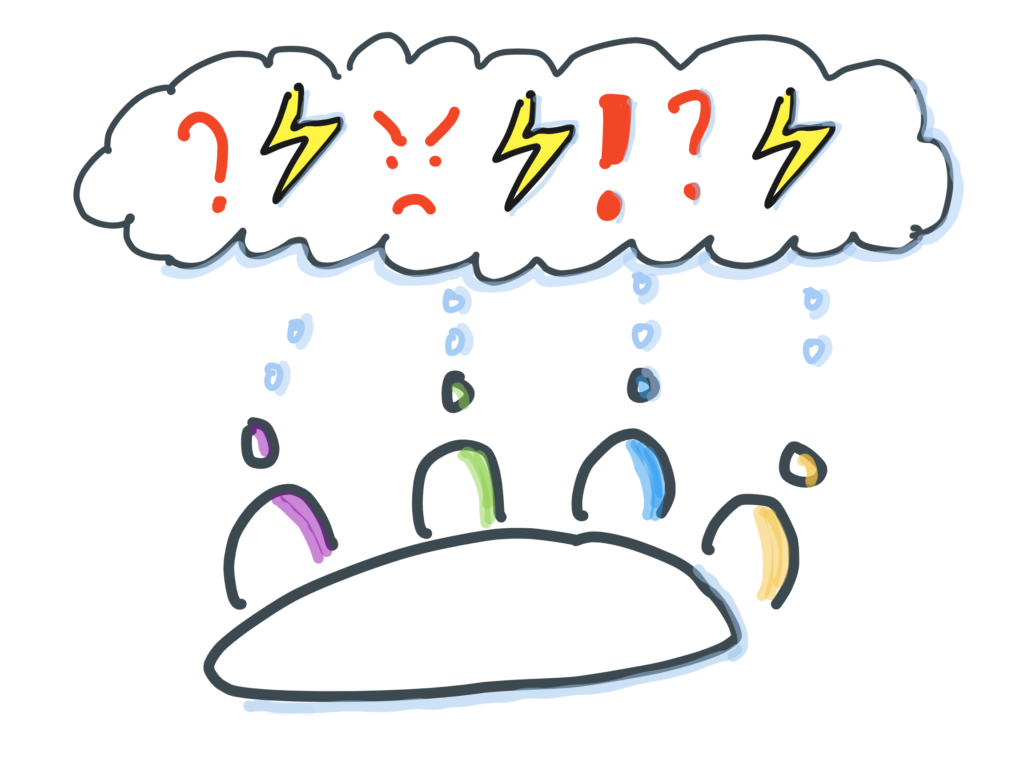
It was tense.
A long list had been shared. Big features to build, new markets to launch. You could feel the built-up tension in the room.
In the past, there had been a lot of friction. Voices were raised. Names were called. The situation was at a standstill. They needed someone, an outsider, to appease the situation.
This was many years ago, and I was brought in as the facilitator. And the question was: could the situation be improved?
The topic was prioritization. You all know the drill. Is A) more important than B), or C)? As product professionals, we spend a lot of our cognitive time discerning top priorities. The uncomfortable truth is that we often do a poor job at it.
Now, let’s return to the meeting room. The stakeholders held their cards tightly. They had their pet projects, their views of the key to success.
And how would I, as the facilitator, solve the problem?
A spreadsheet.
In my naivety, I thought a spreadsheet could unlock the situation. I proposed a complex method of prioritizing features using five distinct variables. I thought if everyone just scored each feature idea, line by line, using these variables, the highest priority items would become evident. To guide the meeting, the stakeholders used a tool to vote anonymously.
The meeting started. The spreadsheet was opened. The first line item was discussed. The votes were tallied. And… what happened?
The results were clear: it received the highest score—by everyone. The whole room thought this feature was the most important thing ever.
Now, on to the next one.
You probably know what happened next. As we moved down the list, almost all of the feature ideas received the highest score.
This story highlights a fundamental problem with prioritization: we have a tough time assessing potential value and complexity. We need another approach.
In my work as a product coach, I have had the opportunity to meet many different types of companies, and as a result, patterns emerge. One of these patterns is this difficulty in prioritization.
A while back, I heard a comment from a head of product: “We have a prioritization problem!” What’s usually behind this problem is something deeper, a strategy problem.
What I typically say when I hear leaders express frustration about prioritization, I state:
You don’t have a prioritization problem; you have a strategy problem.
The simple logic is: if the strategy, the direction, is clear, prioritization becomes straightforward. The opposite is very much true.
Now, let’s turn to the main point.
If you’re a head of product and you find yourself frustrated with prioritization, ask yourself the following questions:
- What are the most important business and customer challenges to solve in the next 12 months?
- Do teams understand why these challenges are important and are they tangible enough for them to gauge how they can meaningfully contribute to solving them?
A common scenario is that you, as the head of product, will state that the answer to question 1 is clear, but the answer to question 2 is unclear. As Jason Yip eloquently visualized, you have an “air sandwich” problem.
It’s evident to you what’s most important, but there is no connective tissue, or lineage, between what you see, and what the teams do in their day-to-day work.
Another scenario is that you think question 2 is answered, but when others ask teams about the strategy, or vision, for that matter, they have confused looks. Again, you have an “air sandwich” problem.
As a head of product, one of your most important focus areas should be to describe the strategic context for your team, and to ensure that you are interpreted and that they are able to translate your broader picture with the team’s objectives, and tactical initiatives. Most likely, you need to course correct on an ongoing basis through coaching and mentoring the teams.
For those of you who can’t adequately answer either question 1 or question 2, there’s hope. Start exploring what product strategy means, by reading a fantastic introduction by Gibson Biddle. Then, create a simple product strategy, show it to your peers to receive feedback, iterate, and then work with your product managers to break down your product strategy into distinct objectives and measures.
Fill your air sandwich with meaningful problems to solve. You got this.
Thank you to Martin Christensen for your feedback.



